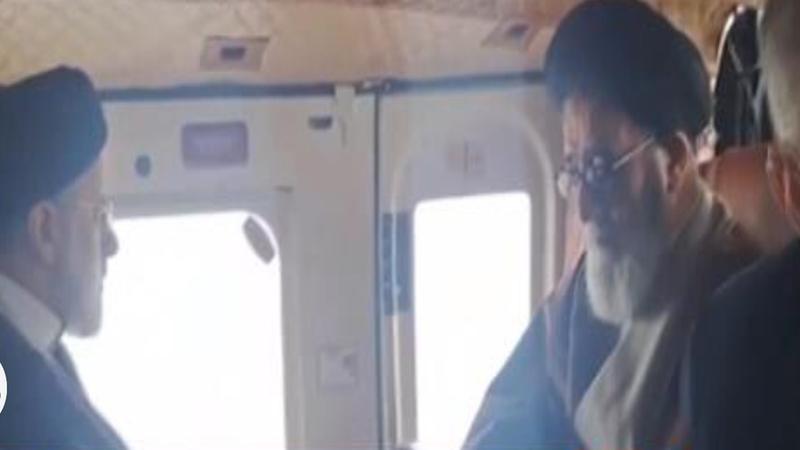Published 13:32 IST, May 20th 2024
The List Is Long: Suspects in the Death of Iran’s President Raisi
Raisi was not only the President of Iran but also a contender to succeed the ageing Supreme Leader Ali Khamenei.

Raisi was not only the President of Iran but also a contender to succeed the ageing Supreme Leader Ali Khamenei. | Image:
AP
- Listen to this article
- 4 min read
Advertisement
13:23 IST, May 20th 2024




